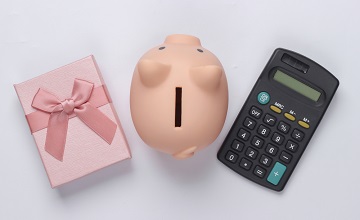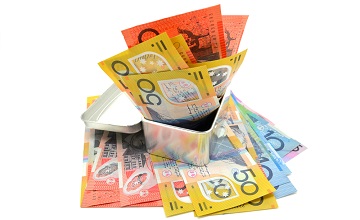Economic Update: October-December 2020
COVID-19 update
Finally, some good news on the COVID-19 front: several vaccines have been rolled out in a number of countries. While a huge step forward in bringing the pandemic under control, it comes at a time when, globally, more people are being infected with the coronavirus, and more people are dying from it than at any previous point in the pandemic. There is a long way to go before victory can be declared.
Meanwhile, Victoria squashed its second wave of COVID-19 infections, sparking a bounce in its economy as it enjoyed an extended period of no community spread of coronavirus. Unfortunately, the virus found a way back into both Victoria and NSW, kicking off fresh border closures and holiday chaos.
The local view
As was widely anticipated, the RBA cut the cash rate target by 0.15% to 0.1% in November. While welcomed by borrowers the cut put additional pressure on net savers by making it even harder to find low risk income yielding investments. Some are turning to peer-to-peer lending platforms, or even high yielding shares, which may partly explain the strong recent performance of the ASX.
The official unemployment rate in November was 6.8%, the same as in August. However, using a different methodology, Roy Morgan calculated unemployment to be 11.9% in November, with a further 9.1% under-employed. While hardly cause for celebration, this was the first time since the pandemic began that both figures showed a month-on-month drop.
The world stage
The US election delivered a change of president, with markets responding positively as the result became clear. As the year came to a close, a sigh of relief was heard from millions as the US Congress approved a coronavirus relief package worth $US892 billion ($1.18 trillion). The package includes $US600 payments to most Americans.
After years of negotiation and with just days to spare, the UK and EU managed to agree on a BREXIT trade deal. While it will keep the goods flowing between the UK and Europe, the agreement doesn’t cover the huge services sector.
The markets
It was a good quarter on the markets with the main global and US indices zooming past pre-COVID-19 levels. The MSCI All-Country World Equity Index rose 13.4%. The Australian market followed suit, with the S&P/ASX200 rising 13.3%. However, the Aussie market has yet to return to its February high. In the US the S&P500 rose 11% and tech stocks continued to attract buyers with the NASDAQ up 15.5%.
The A$ gained strength rising 8.2% against the greenback. While partly due to a weakening of the US$, the A$ was also up 2% against the British Pound, 3.4% against the Euro and 5.6% against the Yen.
The outlook
Beyond direct health effects much of COVID-19’s economic impacts have been due to fear. It will take many months, but as vaccines are rolled out, and provided they bring the pandemic under control, much of that fear will dissipate. As it does economic activity should pick up strongly.
Less likely to see any positive developments in the immediate future is the tense relationship between Australia and China. Australian coal miners, winemakers and barley growers will continue to bear the brunt of the dispute. Fortunately, China is still highly dependent on Australian iron ore, the price of which has soared by 78% since the start of the year.
For current market conditions and further economic analysis, contact our financial advisers. We’re here to help!
The information provided in this article is general in nature only and does not constitute personal financial advice.






